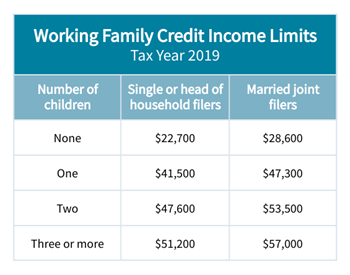Download full issue brief Download map View interactive map
The full version of this issue brief includes a table with data on the importance of the Working Family Credit to each Minnesota county and the state as a whole. A related map of what percentage of filers in each Minnesota county receive the Working Family Credit is available in both interactive and print forms.
Minnesota’s Working Family Tax Credit encourages and supports work, makes the tax system more equitable, and helps working people across the state to meet their basic needs and get their kids off to a strong start. In 2019, more than 404,000 households received the Working Family Credit, including 15.3 percent of all Greater Minnesota households who filed Minnesota income taxes and 13.2 percent of all Twin Cities metro area income tax filers.[1]

Thirty-one states including Minnesota, plus Washington, D.C. and Puerto Rico, have tax credits like the Working Family Credit that are based on the federal Earned Income Tax Credit (EITC), and build on the EITC’s documented success in supporting work, reducing poverty, and improving the health and education of children.[2] Children in households receiving the EITC are also more likely to attend college and earn more as adults.[3] Because these tax credits are received once a year, after workers and families file their income taxes, many people use their credits to secure a stronger financial future by building their savings or reducing debt.
Minnesota’s Working Family Credit is calculated based on a family’s earnings and family size, and it requires that people have earnings from work. Families with children qualify for larger credits on average, and workers with no dependent children qualify for less. The Working Family Credit offsets a portion of the state and local taxes, such as sales taxes, that low- and moderate-income people pay.
The Working Family Credit especially reaches those Minnesotans who face structural barriers to economic security. Eligibility for the Working Family Credit is fairly similar to the federal EITC, for which some estimated disaggregated data is available. In 2018, 35 percent of Minnesota households estimated to be eligible for the EITC were people of color; 15 percent were Black, non-Hispanic; 8 percent Hispanic or Latino; 6 percent Asian, Native Hawaiian, or Pacific Islander, non-Hispanic; and 6 percent another race or multi-racial (not white, non-Hispanic).[4]
By Nan Madden and Salma Ibrahim